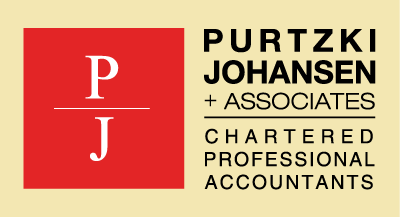
You are investing in the Canadian stock market which has enjoyed a robust average annual growth of 8.5 per cent for the last 30 years. Yet, your investments have you perplexed or more likely depressed, because these stock market gains are not reflected in your portfolio. What is the reason?
Consider the following scenario. You invested $10,000 in 1980 in the stock market and left it there until 2018. During that period the S&P/TSX composite index generated an average annual return of 8.5 per cent. That means your $10,000 investment grew to $222,000. But not all that money came to you. After paying your two per cent annual management fee, your investment shrank from $222,000 to $109,000, a 50 per cent drop! Income tax ate up approximately 20 per cent as well and taking into account the inflation rate of 2.8 per cent, your net return on investment ended up a meagre 2.4 per cent.
After investing $10,000 for 38 years you ended up with less than $25,000 in real money.
| Investment * | ||
| S&P/TSX Comp. average | 8.50% | $ 221,988 |
| Management fees | 2.00% | $ (122,521) |
| Income before tax | 6.50% | $ 109,467 |
| Income tax – 20% | 1.30% | $ (21,893) |
| After-tax return | 5.20% | $ 87,574 |
| Inflation adjustment | 2.80% | $ (62,948) |
| Real net return | 2.40% | $ 24,626 |
| * $10,000 invested in 1980 until 2018 |
Strategies to boost your return.
- Look for ways to reduce your management fee. Two per cent sounds harmless, but in our example, it reduces your stock market gains by more than half. The reason for this is that instead of compounding at 8.5 per cent, your money was only compounding at 6.5 per cent. Over many years, that makes a huge difference.
- There are the less palatable options of spending less, saving more, and working longer.
- One of the most effective and easiest ways is to save money in your professional corporation rather than personally.
If the income in your corporation is taxed at a low tax rate of say 11 per cent, it means that $89 out of every $100 of practice income is retained in the corporation.
The tax deferral benefit has a huge impact on your retirement savings.
In a previous article on using the corporation as a savings vehicle, we gave an example of an unincorporated 35-year-old dentist earning $250,000 who requires $125,000 of after-tax income for living expenses. If the dentist invests the remaining funds annually at 6 per cent for 30 years, this unincorporated dentist will accumulate a $2.5-million nest egg by age 65.
Compare that to an incorporated dentist with the same earnings and expenses who uses the corporation as an investment vehicle and pulls out the funds personally at age 65. That dentist’s retirement fund will be significantly higher – $3.9 million.
By not incorporating, the first dentist lost out on $1.4 million in retirement savings. To make up that shortfall, he or she would have to work another seven years until age 72.



